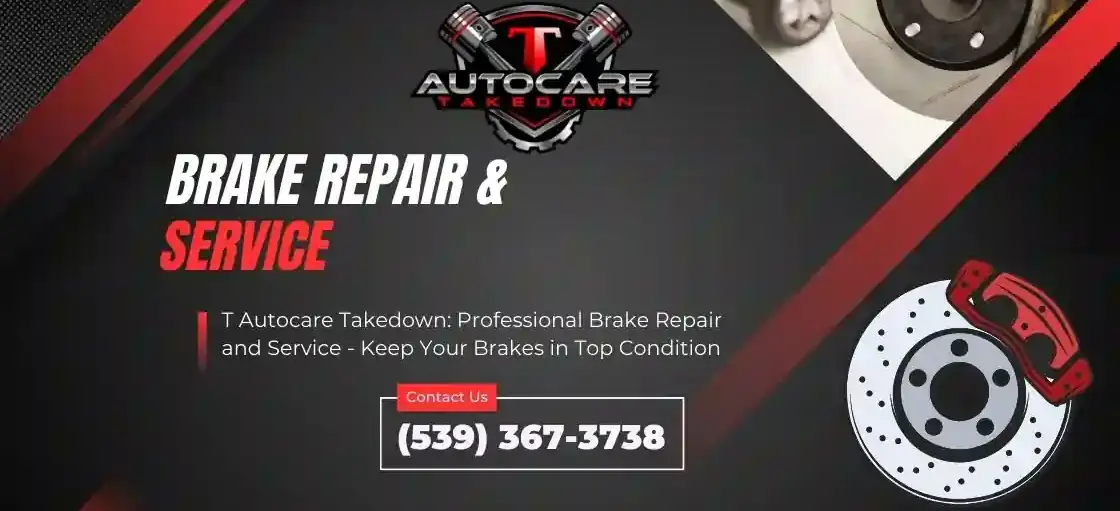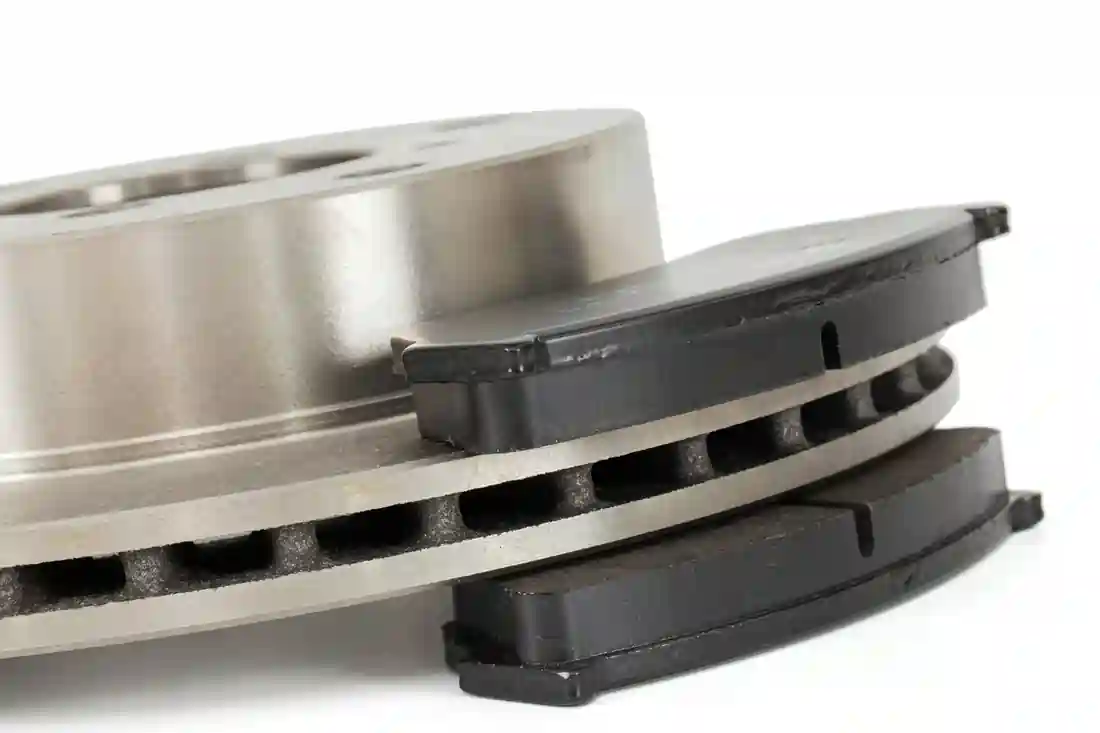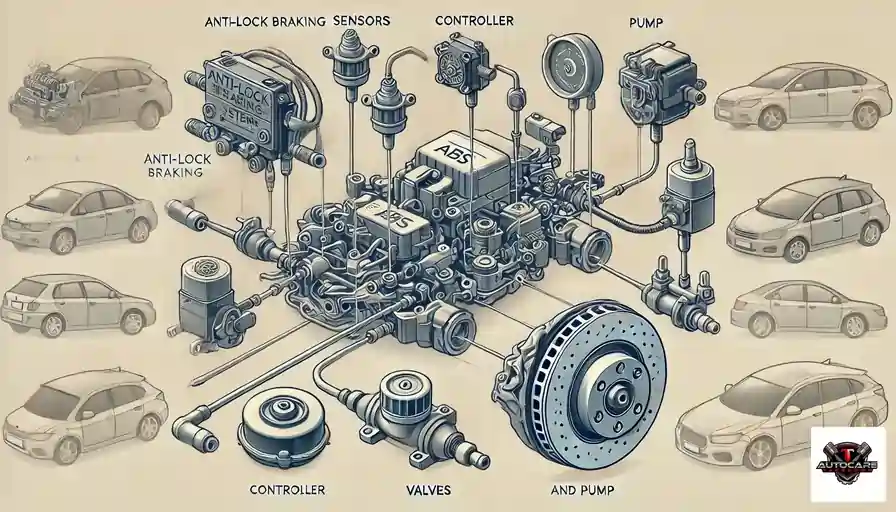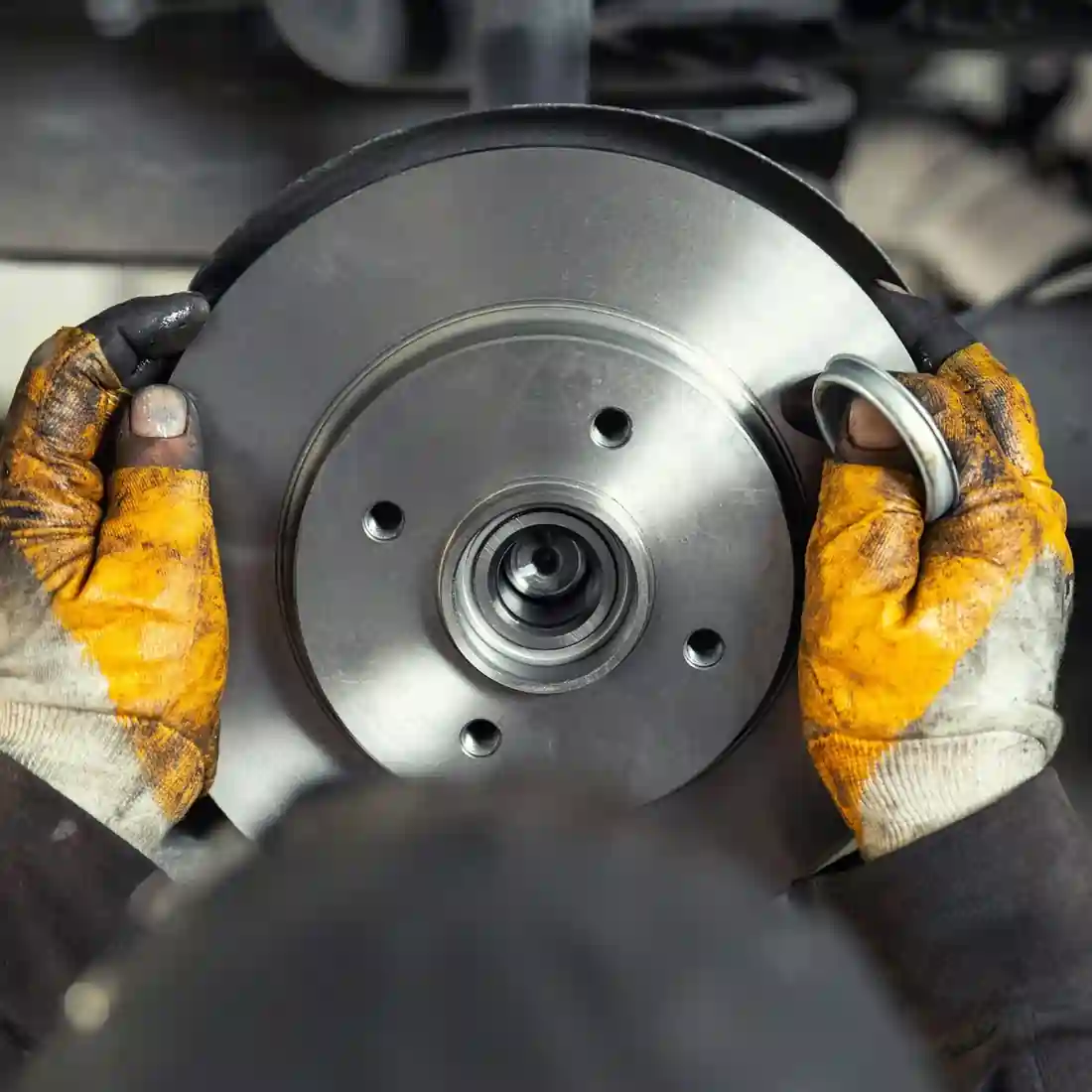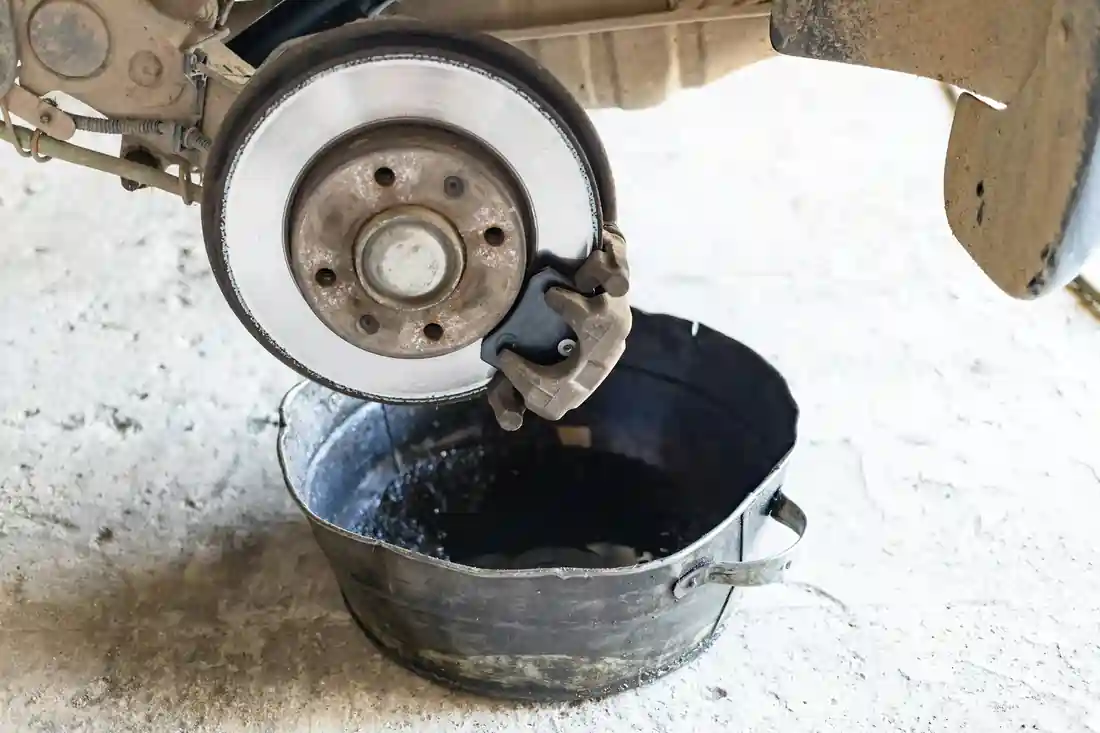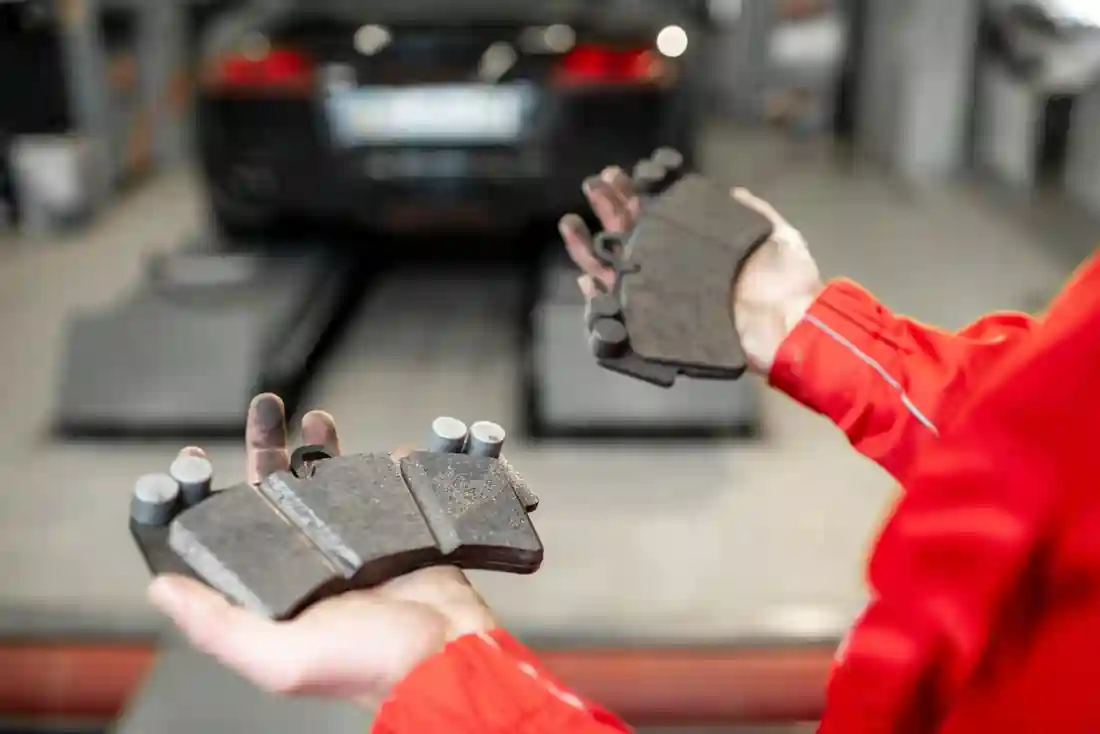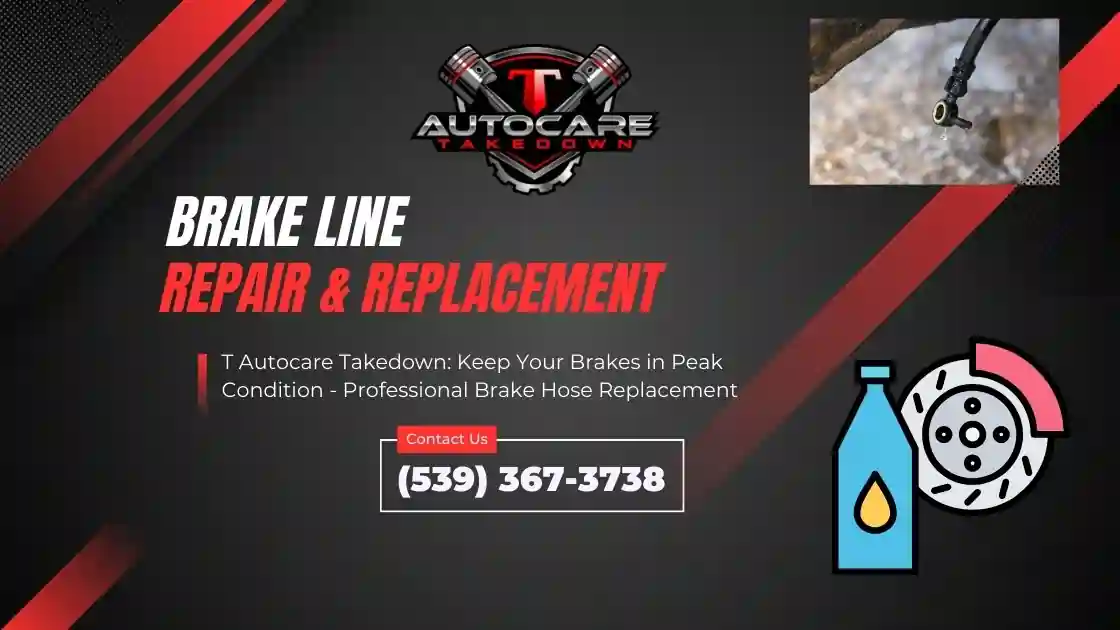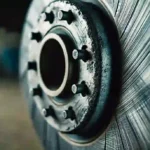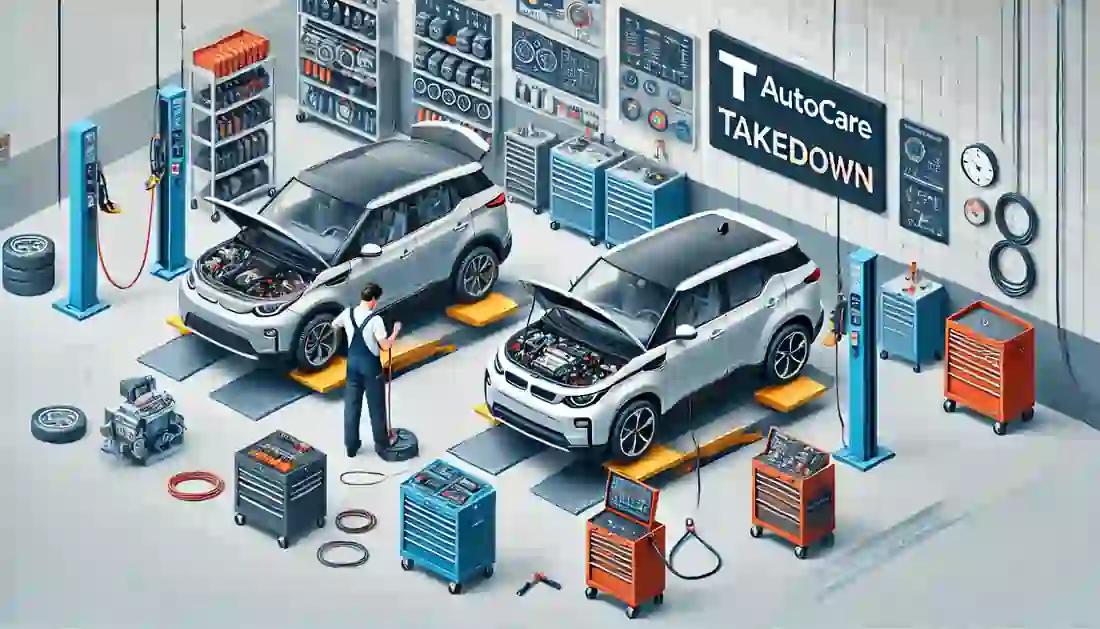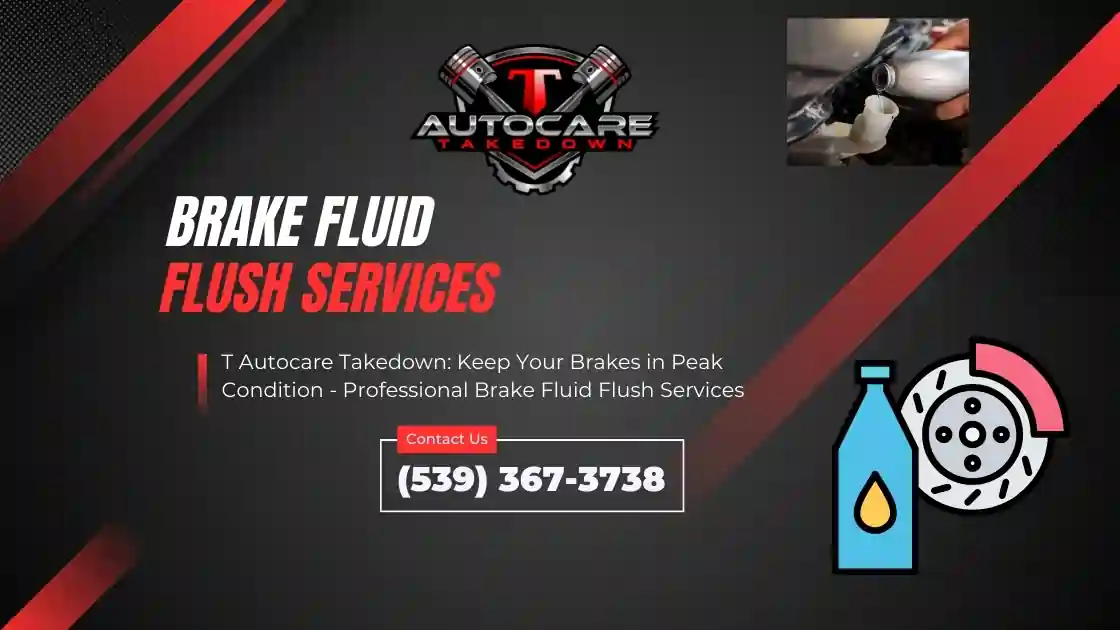Understanding the difference between drum and disc brakes can help you make informed decisions about maintenance and upgrades. Here, we’ll break down the key differences, advantages, and disadvantages of both braking systems.
At T Autocare Takedown, we believe in educating our customers about their vehicles’ braking system. One of the most critical systems in any vehicle is the brakes.
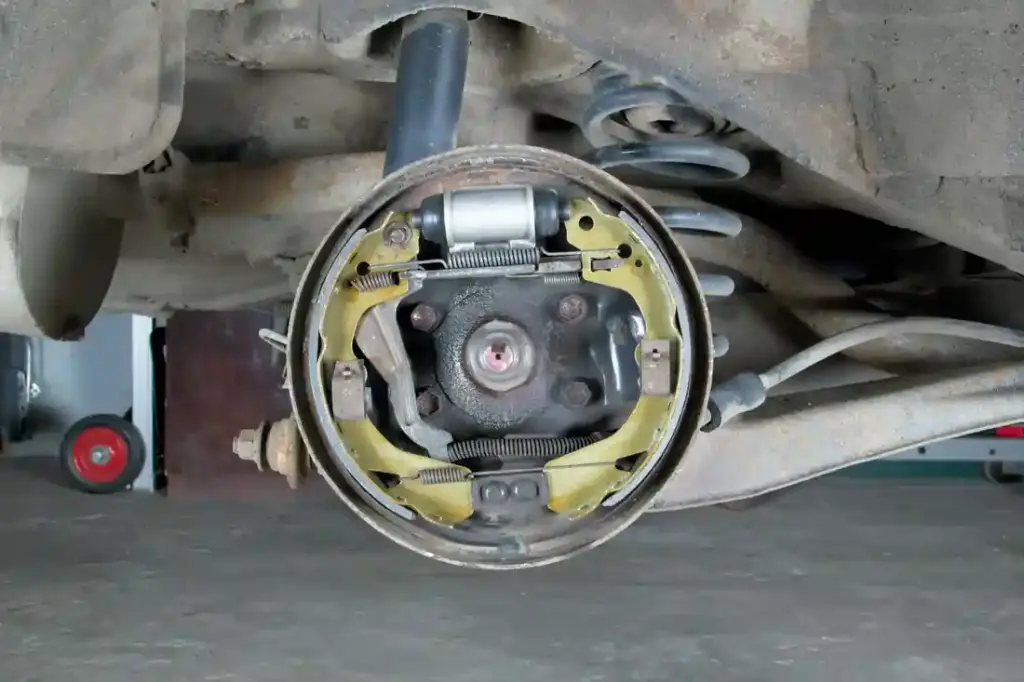
Understanding the difference between drum and disc brakes is important when it comes to maintaining your vehicle’s braking system. Regular brake maintenance not only keeps you safe on the road but also helps you avoid costly repairs down the line. To stay on top of necessary services and prevent unexpected expenses, it’s a good idea to plan with a car maintenance budget. Proper budgeting ensures that you’re prepared for brake maintenance and other essential vehicle care.
How Drum Brakes Work
Drum brakes have been around for a long time and are still used in many vehicles today, especially in the rear. Here’s how they function:
- Components: Drum brakes consist of a brake drum attached to the wheel, brake shoes, a wheel cylinder, and return springs.
- Operation: When you press the brake pedal, hydraulic fluid from the master cylinder is sent to the wheel cylinder. This action pushes the brake shoes outward against the inside of the rotating drum, creating friction that slows down the wheel.
- Design: The enclosed design protects the internal components from dust and water, making them more durable in certain conditions.
Read More: How Often Should You Replace Brake Pads?
How Disc Brakes Work
Disc brakes are more commonly found in modern vehicles, particularly on the front wheels, but also increasingly on all four wheels in newer models:
- Components: Disc brakes consist of a brake rotor (disc), brake pads, a caliper, and brake fluid.
- Operation: When you press the brake pedal, hydraulic fluid is sent to the caliper. The caliper then squeezes the brake pads against the rotor, creating friction that slows down the wheel.
- Design: The open design allows for better heat dissipation and quicker water removal, enhancing braking performance in various conditions.
Advantages and Disadvantages
Drum Brakes
Advantages:
- Cost: Drum brakes are generally cheaper to produce and maintain.
- Durability: The enclosed design makes them less susceptible to environmental factors like dirt and water.
Disadvantages:
- Heat Dissipation: Drum brakes are less efficient at dissipating heat, which can lead to brake fade.
- Maintenance: They require more frequent adjustments and maintenance compared to disc brakes.
Disc Brakes
Advantages:
- Performance: Disc brakes provide better stopping power and shorter braking distances.
- Heat Dissipation: They dissipate heat more effectively, reducing the risk of brake fade.
- Maintenance: Disc brakes typically require less frequent maintenance and adjustments.
Disadvantages:
- Cost: They are generally more expensive to produce and maintain.
- Exposure: The open design makes them more susceptible to rust and corrosion.
Which is Right for You?
The choice between drum and disc brakes depends on several factors, including your vehicle type, driving conditions, and budget:
- Driving Conditions: If you frequently drive in wet or slippery conditions, disc brakes might be the better choice due to their superior performance.
- Vehicle Type: Heavy-duty vehicles like trucks may benefit from the durability of drum brakes, while sports cars often require the performance of disc brakes.
- Budget: Drum brakes are more cost-effective, but if you prioritize performance and low maintenance, investing in disc brakes could be worthwhile.
Conclusion
Understanding the differences between drum and disc brakes can help you make informed decisions about your vehicle’s maintenance.
In conclusion, understanding the differences between drum and disc brakes can help you make informed decisions about your vehicle’s braking system. Regular brake inspections are key to ensuring your brakes function properly. If you’re unsure about your brake’s condition, consider scheduling a professional brake inspection to stay safe on the road.
Additionally, keeping up with other routine checks, like emission testing, not only ensures your vehicle is running efficiently but also helps reduce its environmental impact. Driving safely in various conditions, such as rain, is also crucial for brake performance. You can read more about safe driving in rainy conditions to protect both you and your vehicle.
For those with hybrid or electric vehicles, brake maintenance can differ slightly from traditional vehicles. To learn more about caring for your hybrid or electric vehicle, check out our guide on understanding hybrid and electric vehicle maintenance.
At T Autocare Takedown, we offer comprehensive Broken Arrow brake repair services to ensure your vehicle’s safety and performance. Contact us today at (539) 367-3738 or visit us at 1501 W Detroit St, Broken Arrow, OK 74012, for all your auto repair Broken Arrow needs. Let us help you maintain the reliability and safety of your vehicle with our professional brake services.
Useful Links on Drum and Disc Brakes:
- Key differences between Drum Brakes vs. Disc Brakes (CarParts.com)
- What’s the difference? Disc Brakes Vs. Drum Brakes (Cars.com)
- Understanding Your Brakes: Drum vs Disc (AutoZone)
- Common Brake Type: Disc Brakes Vs Drum Brakes (SlashGear)

